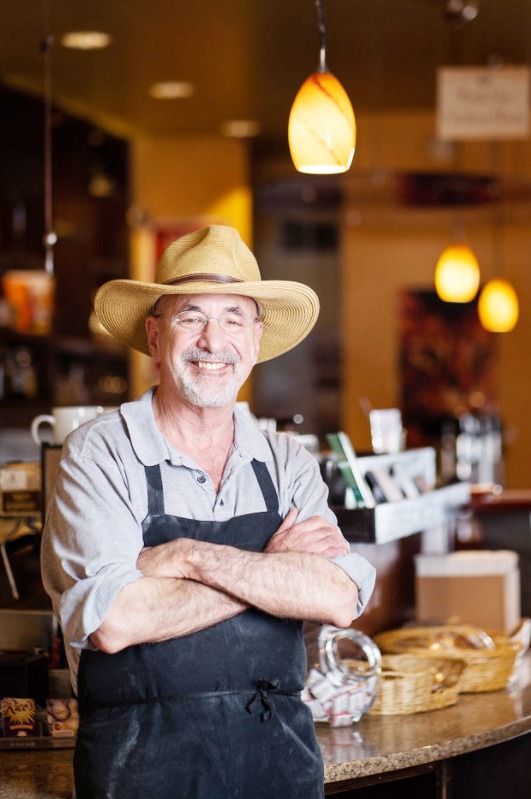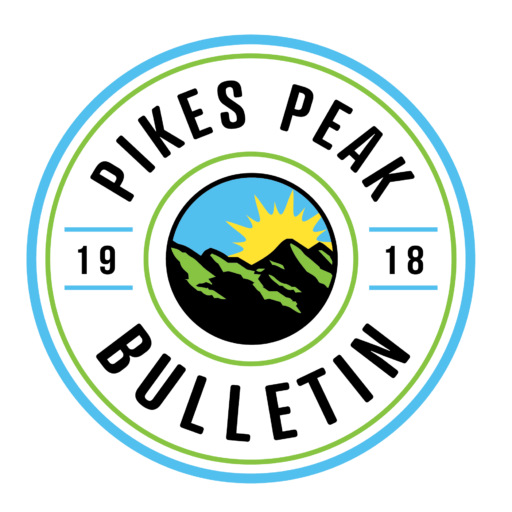For our booming and looming Pikes Peak Region future, one of the big environmental challenges will be to keep our air clean. Right now, we are often over the federal limit for ozone air pollution, mostly caused by vehicles. It’s only a matter of time before we face the EPA’s boot on this. According to the American Lung Association, El Paso County has a high local lung disease, per capita, rate. Our altitude doesn’t help either. Less oxygen makes our air easier to pollute, particularly as more vehicles get stuck in traffic and idle. As part of our regions’ culture, well over half of all vehicles on our roads are higher emitting pickup trucks and SUVs.
The other challenge will be to keep ourselves cool. As stated in my last column, we have an increasing heat island effect and shade deficit problem (lack of healthy trees in our urban canopy) in our region. And it will only get worse. The Emerald Ash Boer is moving down from Douglass County and many neighborhoods built in the 70s, like Rustic Hills and Village Seven, have mostly ash trees for shade.
So, what can we do? One important and relatively easy solution – let’s restore old wetlands, reconstruct and expand existing wetlands and create new ones everywhere we can.
Wetlands will not only allow us to plant shade trees in areas without using increasingly scarce Colorado Springs Utilities Colorado River water, but they could also help provide more ways to get our residents and tourists out of their vehicles to get around using alternative transportation.
The extra bonus will be that if we plant the right wetlands species in a significant volume, they will help us absorb more of the greenhouse gases and air pollution we produce locally, provide more wildlife habitat for our displaced furry, winged and pollinator friends, help control flooding and produce better water quality for our downstream neighbors, as well.
The extra, extra bonus of planting more wetlands in our region will be that these new wetland and pond areas in our wildland-urban interface will help us dampen the spread of wildfires.
Unbeknownst to many, Fountain Creek has 54 year-round tributaries and dozens of smaller, intermittent streams that flow into it during rainstorms and runoff season. And thanks to all the flooding and water pollution lawsuits successfully won against Colorado Springs over the years, all new developments must set aside large portions of land for detention/retention ponds. Both areas – creek flood plains and retention/detention ponds – are currently unbuildable and should be inexpensive real estate to create wetlands. In other words, more wetlands mean more urban canopy for shade and air pollution absorption, better flood, water quality and fire control, and new habitat and recreational opportunities.
Let’s start with alternative transportation. Wetlands expansion in our region will provide new, inexpensive land to build connecting trails to our existing system and new ones that could go everywhere our streams do. The streams that currently exist already go under and around roads. Bicyclists and e-riders won’t have to risk their lives riding on streets with cars and trucks. And they will be near where people live, shop and work. After all, we have 300-plus days of sunshine and 50-degree weather throughout most of the winter. Plus, we have a population of residents and tourists that love to recreate outdoors.
Many of these wetland trails could be built with submersible concrete materials (like boat owners currently use for placing crafts from trailers into the water) so they can withstand water when rains or heavy snow melts occur. And when rare rain events or major snow melts occur, these trails could be closed until the runoff subsides.
As explained above, expanding and creating new wetlands will provide more habitat for wildlife displaced by development. It will create more places for residents to recreate, plus a place to plant trees to create more shade. And by creating wetlands on and in detention/retention ponds, we can do it all on currently vacant land.
Finally, building and restoring wetlands that drain into the watershed has a great potential to help clean our streams, slow down erosion, control flooding, and to safely handle return flow from roads, treatment plants and other sources. Remember, everything that ends up in Fountain Creek will later go into the Arkansas River in Pueblo and go through 180 water treatment systems and tens of thousands of irrigation systems before it ends up in the Gulf of Mexico. The vegetation of wetlands is a natural pollution filter. The cleaner the water we send downstream, the cleaner that water is when it is used for drinking and farming for millions of Americans. We are where they begin. Our region houses the headwaters of Monument and Fountain Creeks. It’s our responsibility to send that water to our neighbors as clean as we can.
Now, you are probably asking yourself, if we create lots of new wetlands and trails throughout the region, won’t we just be creating new places for people to camp, do drugs and toss garbage? Nationally, it has been proven time and time again, that if you use a previously hidden green space for recreation, those spaces will become safer and cleaner. I’m not saying that this is foolproof. But the more eyes on our green spaces, the more they can be monitored for safety.
One of the goals of the City’s 2019 Homelessness Response Plan that was not implemented was to create and train a group of volunteer trail ambassadors who would ride their bikes or walk up and down the trails and greenways in locations where people may not feel safe. In a sense, these ambassadors would be like Neighborhood Watch volunteers, on bikes and scooters. San Antonio, Phoenix and Oklahoma City have successfully implemented these kinds of volunteer programs. The City is currently updating the Homelessness Response Plan and has an opportunity to address homelessness in a more holistic manner.
Also, increased usage would allow for more private funding to help local jurisdictions install and monitor security cameras and to hire private security in several key locations. Finally, more usage means there will be more opportunities for regular garbage pickups and new wetland plantings, as community groups (like Richard’s Rubbish Roundup) organize volunteers.
In my next piece for the Pikes Peak Bulletin, I’ll get into how we need to handle traffic, construct new buildings and retrofit old ones to deal with our high-growth future.
Richard Skorman is a former four-term Colorado Springs City Council Member, Vice Mayor and Council President. He was one of the authors and co-directors of the City’s Trails, Open Space and Parks Initiatives that was successfully approved by voters three times. He and his wife Patricia co-own and operate Poor Richards/Little Richards and Rico’s, and he is the founder of Richad’s Rubbish Roundup. He recently received the Mayor’s Spirit of Colorado Springs Lifetime Achievement Award.


